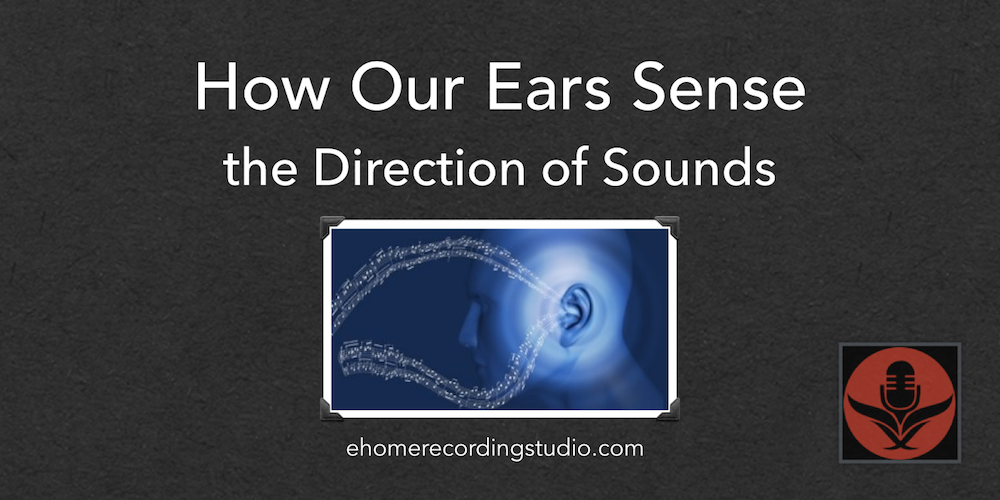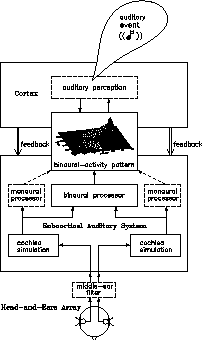
In fact, symmetrical variance can signal a problem or imbalance. In addition to balanced facial features, studies have found that increased physical symmetry can even make us more appealing to potential suitors.

Symmetrical facial features have been shown to be more cosmetically appealing than those that are asymmetrical. Ancient Greeks were the first to identify symmetry as an important factor in determining physical beauty. Our brains even seem hardwired to appreciate symmetry. Humans have two ears, two eyes, two arms, two legs, two hands, two feet. schedule an appointment today with one of our hearing professionals at one of our five convenient audiology clinic locations in southern Nevada.The physical attributes of the human body are largely symmetrical. We’ll start with a complimentary hearing assessment to determine your baseline hearing. If you’d like more information, or would like to explore hearing aids that may be suited to your lifestyle, please get in touch with the hearing care professionals at Anderson Audiology.

#BINAURAL HEARING MEANING PROFESSIONAL#
Your hearing care professional will be able to determine the style of hearing aid that is right for you, depending on your type of hearing loss, lifestyle, and more. Today, hearing aids come in a wide variety of styles. There are a number of benefits to wearing two hearing aids, not least of which is the ability to replicate ‘normal binaural hearing.’ If you’d like more information on the benefits of wearing two hearing aids, check out our recent blog here.

In recent years, this trend has reversed, and binaural hearing aids (that is, the use of two hearing aids to help correct a hearing loss) is the new norm. Wearing a monaural hearing aid was once standard practice in fact in 1984, approximately 78.2% of hearing aid fittings were monaural. Difficulty concentrating in large, open environmentsĪ monaural hearing aid is a hearing aid worn only in one ear.Understanding speech in an environment with background noise.Hearing conversations on the affected side.Therefore, people with one-sided hearing loss might experience some or all of the following problems: In fact, many people who have one-sided hearing loss report more problems hearing than those who have hearing loss in both ears. Much in the same way we use two eyes to see, we need hearing in both ears to process sounds accurately. That means both ears work in conjunction to process the sounds we hear. It presents a problem for overall hearing because we normally have binaural hearing. People experiencing one-sided hearing loss are likely to have additional symptoms besides just a lack of hearing from the affected ear. As the name indicates, It means that there is hearing loss, or sometimes complete deafness in only one ear. Often, individuals experience hearing loss in one ear (also known as unilateral hearing loss). Humans naturally have what’s known as binaural hearing, which is the ability to hear in two ears. How Do We Hear?īefore exploring what a monaural hearing aid is it’s important to understand how our hearing works. Today, we’re taking a closer look at monaural hearing aids. Even if someone was wearing two monaural hearing aids, they did not connect to one another. What this means is that the device worked individually. When hearing aids were initially developed, they were what is known as a monaural hearing aid. The development of the telephone subsequently helped in the development of the first electric hearing aid in 1898. It’s estimated that the first hearing aid was created in the 17th century. As such, people have been looking for ways to help treat their hearing loss for centuries. Hearing Aid Fitting Process: What To Expect.Early Hearing Loss Detection and Prevention.Sun City Summerlin 9430 W Lake Mead Blvd,.Aliante / Centennial 6475 N Decatur Blvd,.Rainbow / Desert Inn 3120 S Rainbow Blvd,.


 0 kommentar(er)
0 kommentar(er)
